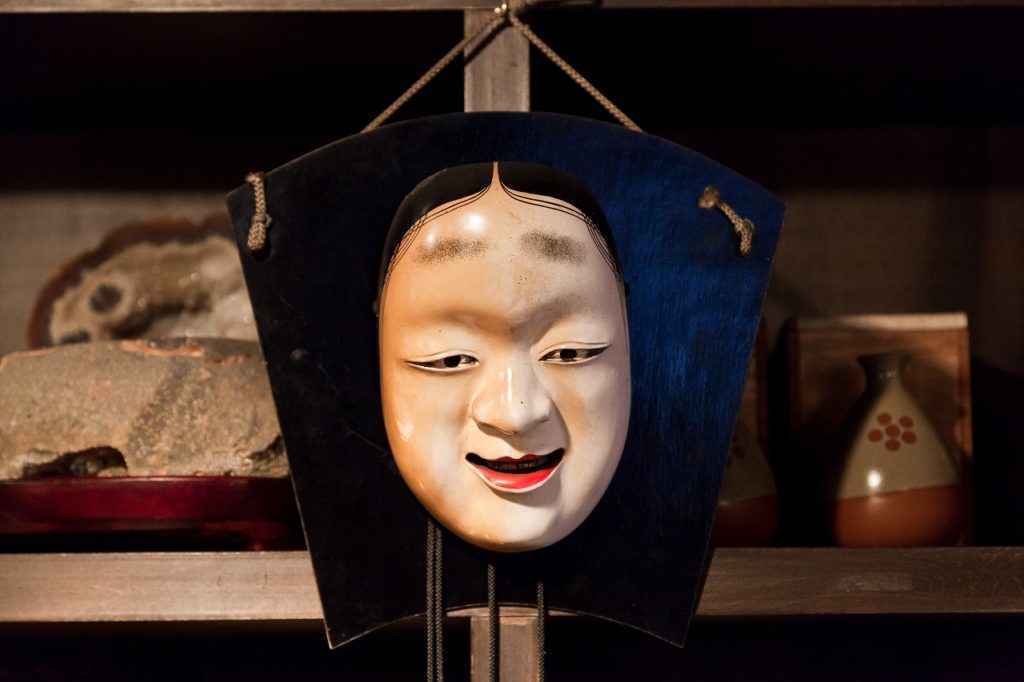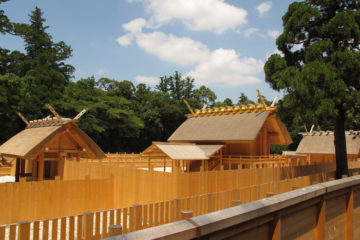
Silent Beauty of Sado Island
Sado Island, just off the coast of Niigata, has quietly been getting on with life for centuries. The island with a population of just over 60,000 floats on a sea of stories, involving: exile, gold, extreme population growth then decline, a boom in tourism amongst Japanese mainlanders in the 90s that is slowly petering out, while also laying claim to being the final sanctuary of the endangered Japanese Crested Ibis, or toki in Japanese. This island has a plethora of stories to tell and luckily for inquisitive visitors, some kind and friendly folks more than happy to tell them. Hidden secrets wait peacefully on the island for those willing to take a trip to hear them.
Seisuiji Temple

Seisuiji is an atmospheric old temple which can be found hidden away in a forest of pines in the Niibono area on the island. The three Chinese characters used to write the temple name, Seisuiji (清水寺), are the same three used at the famous temple in Kyoto, Kiyomizudera – clear water temple. The difference being that in Kyoto, the Japanese reading is used for the characters, and on Sado the Chinese reading is used. Seisuiji was established during the 9th century by a Buddhist monk from Kyoto, ostensibly for inhabitants of Sado Island to pray at, without having to go all the way to Kiyomizudera in Kyoto. There are resemblances between the two temples.
Sado Gold Mine

Sado struck gold in an area known as Aikawa in 1601. It had been dug for 388 years and one of the largest gold mine in the world at that time. The excavation caused a surge in population growth during the period as ambitious mainlanders flocked to the island in search of fortune. At its most productive period during the Edo era (1603-1867), the mine was producing 400kg of gold per annum. The gold mine was functioning up until 1989 under the Mitsubishi banner, but is now open to visitors wishing to take a peek into the lives of the miners in days of yore. There are two courses on offer – a historic one looking at conditions in the Edo period, and a slightly more modern course which looks at conditions in the Meiji period (1868-1912).
Shukunegi Village

Shukunegi village is a well-preserved old town, with a distinctive quaint feel to it. The windy streets are all tied in with Shukunegi’s history as a port town inhabited by ship craftsmen, hence why those wooden houses have a ship-like feel to them. As well as hidden cafes and restaurants, the village is host to many stories. As you wander through the streets, you may notice some houses with small doors. This was due to a taxation law based on the size of a house’s door – thus people made their doors smaller to pay less tax. Crafty!
Noh Theatre

With approximately 35 Noh[1] stages on the island (making up about a third of the total number of stages in the whole of Japan), Sado Islanders are passionate about this art form which is rich in tradition and history. The large presence of Noh stages on the island, and the passion of the local people for it, can probably be put down to the fact that one of the big names of Noh, Zeami Motokiyo, was sent to Sado as a political exile during the 15th Century. During the spring and summer months, arts festivals and events are rife on the island, and in June, Noh plays can be seen throughout the island every Friday.
Taraibune: Barrel Boats

For those looking to try something unique to Sado, taking a ride in a taraibune (a small boat made from a barrel) is well worth a look. Traditionally used in fishing for abalone and other sea creatures that dwell in rocky areas, the barrels allowed for easy access to areas that other boats were not so maneuverable in. Visitors can take a ride in a barrel boat from Ogi Town.
How to Get to Sado

There are a number of ways to get to Sado island from Tokyo. The fastest is to take the Shinkansen from JR Tokyo Station to Niigata, then take a bus from JR Niigata to Sado Kisen Terminal. From Sado Kisen Terminal, a quick hop on the “Jetfoil” will take you across to Ryotsu Port on the Island in roughly one hour. Once on the Island itself, getting around by bus, rental car or bicycle is no problem at all. For those on a tighter budget, a highway bus will take you from Shinjuku to JR Niigata, followed by the bus to Sado Kisen Terminal. From Sado Kisen Terminal, there are also ferries which take approximately 180 minutes and are cheaper than the Jetfoil.
[1] Noh is a musical dance drama that was developed fully in the Muromachi period (1338-1573) by Kanami and his son Zeami and supported by the samurai (warrior) for a long time. Noh is characterized by the masks the actors wear, which have primary importance in the plays.



0件のコメント